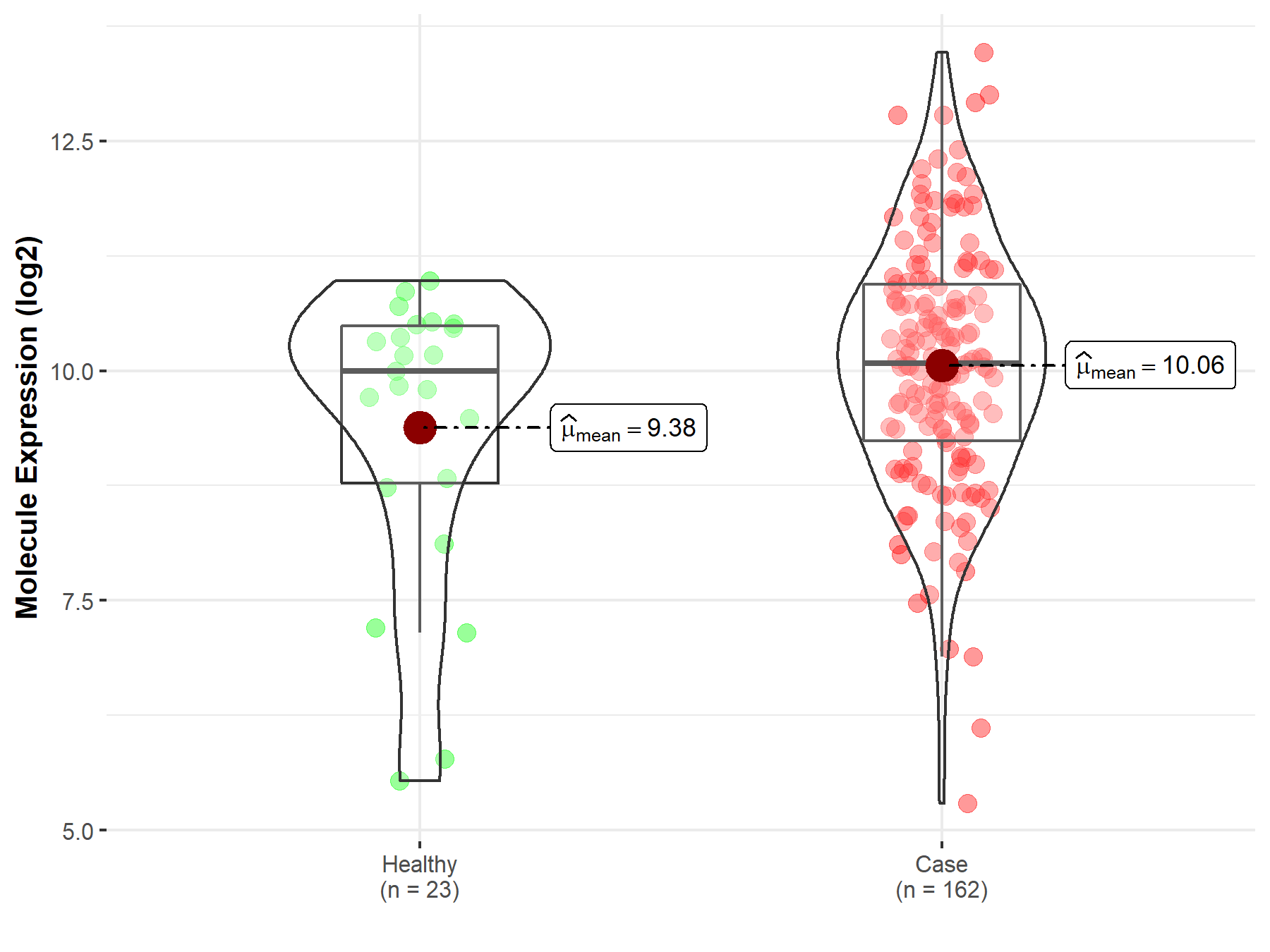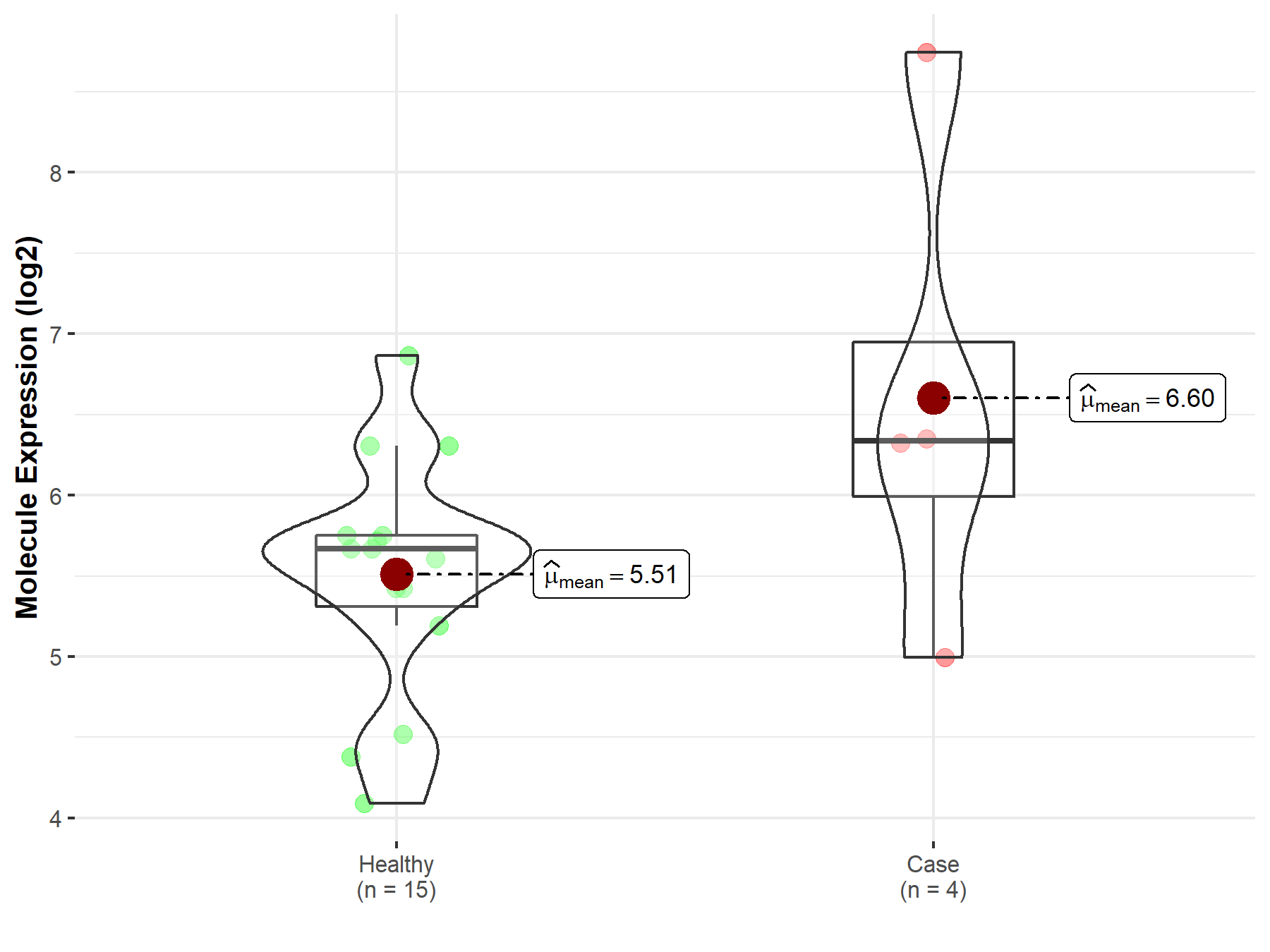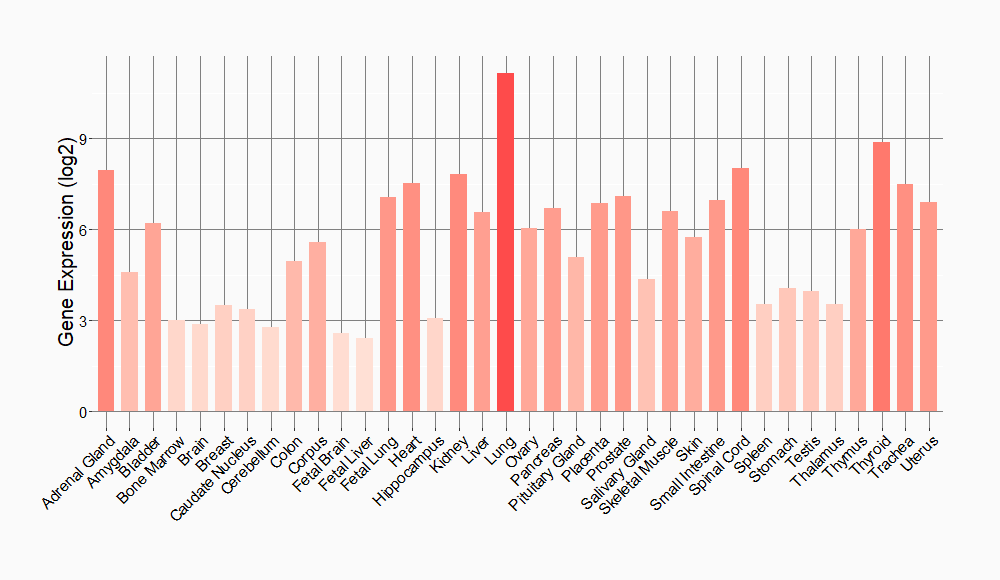Molecule Information
General Information of the Molecule (ID: Mol00274)
| Name |
Monocyte chemotactic and activating factor (CCL2)
,Homo sapiens
|
||||
|---|---|---|---|---|---|
| Synonyms |
HC11; Monocyte chemoattractant protein 1; Monocyte chemotactic and activating factor; MCAF; Monocyte chemotactic protein 1; MCP-1; Monocyte secretory protein JE; Small-inducible cytokine A2; MCP1; SCYA2
Click to Show/Hide
|
||||
| Molecule Type |
Protein
|
||||
| Gene Name |
CCL2
|
||||
| Gene ID | |||||
| Location |
chr17:34255274-34257208[+]
|
||||
| Sequence |
MKVSAALLCLLLIAATFIPQGLAQPDAINAPVTCCYNFTNRKISVQRLASYRRITSSKCP
KEAVIFKTIVAKEICADPKQKWVQDSMDHLDKQTQTPKT Click to Show/Hide
|
||||
| Function |
Acts as a ligand for C-C chemokine receptor CCR2. Signals through binding and activation of CCR2 and induces a strong chemotactic response and mobilization of intracellular calcium ions. Exhibits a chemotactic activity for monocytes and basophils but not neutrophils or eosinophils. May be involved in the recruitment of monocytes into the arterial wall during the disease process of atherosclerosis.
Click to Show/Hide
|
||||
| Uniprot ID | |||||
| Ensembl ID | |||||
| HGNC ID | |||||
| Click to Show/Hide the Complete Species Lineage | |||||
Type(s) of Resistant Mechanism of This Molecule
Drug Resistance Data Categorized by Drug
Approved Drug(s)
2 drug(s) in total
| Drug Resistance Data Categorized by Their Corresponding Mechanisms | ||||
|
|
||||
| Disease Class: Autoimmune disease | [1] | |||
| Resistant Disease | Autoimmune disease [ICD-11: 4A4Z.0] | |||
| Resistant Drug | Melatonin | |||
| Molecule Alteration | Down-regulation | Expression |
||
| Experimental Note | Identified from the Human Clinical Data | |||
| Experiment for Molecule Alteration |
Knockdown assay | |||
| Mechanism Description | The conclusion on a partial mediation by SIRT1 is supported by repeatedly observed inhibitions of melatonin effects by sirtuin inhibitors or knockdown. | |||
| Drug Sensitivity Data Categorized by Their Corresponding Mechanisms | ||||
|
|
||||
| Disease Class: Melanoma | [2] | |||
| Sensitive Disease | Melanoma [ICD-11: 2C30.0] | |||
| Sensitive Drug | Vemurafenib | |||
| Molecule Alteration | Expression | Down-regulation |
||
| Experimental Note | Revealed Based on the Cell Line Data | |||
| Cell Pathway Regulation | Cell apoptosis | Activation | hsa04210 | |
| Cell invasion | Inhibition | hsa05200 | ||
| Cell migration | Inhibition | hsa04670 | ||
| Cell proliferation | Inhibition | hsa05200 | ||
| In Vitro Model | PLX4032-resistant cells | Skin | Homo sapiens (Human) | N.A. |
| Experiment for Molecule Alteration |
qRT-PCR | |||
| Experiment for Drug Resistance |
MTT assay | |||
| Mechanism Description | CCL2 and miR-125b, miR-34a and miR-100 are potential targets for overcoming the miR-34a and miR-100 are potential targets for overcoming the resistance to BRAFi in melanoma. | |||
Disease- and Tissue-specific Abundances of This Molecule
ICD Disease Classification 02

| Differential expression of molecule in resistant diseases | ||
| The Studied Tissue | Skin | |
| The Specified Disease | Melanoma | |
| The Expression Level of Disease Section Compare with the Healthy Individual Tissue | p-value: 6.07E-02; Fold-change: 8.17E-02; Z-score: 5.15E-02 | |
|
Molecule expression in the diseased tissue of patients
Molecule expression in the normal tissue of healthy individuals
|
||
| Disease-specific Molecule Abundances |

|
Click to View the Clearer Original Diagram |
ICD Disease Classification 04

| Differential expression of molecule in resistant diseases | ||
| The Studied Tissue | Peripheral monocyte | |
| The Specified Disease | Autoimmune uveitis | |
| The Expression Level of Disease Section Compare with the Healthy Individual Tissue | p-value: 2.58E-01; Fold-change: 6.70E-01; Z-score: 9.01E-01 | |
|
Molecule expression in the diseased tissue of patients
Molecule expression in the normal tissue of healthy individuals
|
||
| Disease-specific Molecule Abundances |

|
Click to View the Clearer Original Diagram |
Tissue-specific Molecule Abundances in Healthy Individuals


|
||
References
If you find any error in data or bug in web service, please kindly report it to Dr. Sun and Dr. Zhang.
